This post contains affiliate links, which means I will make a commission at no extra cost to you should you click through and make a purchase. As an Amazon Associate I earn from qualifying purchases.
I’ve got some easy and frugal landscaping ideas for you all to save money on redoing your yards! Keep reading to get started.

Our Frugal Landscaping Ideas
Landscaping is one thing that makes a home look more beautiful, inviting and gives you fantastic curb appeal. If you have done any sort of landscaping projects, you know first hand it’s not cheap. With the warm weather now here to stay, I know many of you are probably getting started on the spring landscape projects.
Figure out what you Like:
The first step to save money on landscaping is to make a plan and figure out what you like. Drive around, take pictures of plants and landscape layouts you like. You can also find so many great landscaping ideas on Pinterest.
Check Freebie Groups:
Isn't it better to get something for FREE instead of shelling out your hard earned cash? Craigslit or even your hyper-local Facebook groups often are a gold-mine! If you already have your wish-list started, you can see what people are giving away for FREE. Maybe they are splitting up Peony bushes, or their Hosta is too prolific. Day Lilies need to be split often, and so do Iris. Keep an eye on your "freebie" sites and save your budget for things that you really do have to purchase. That being said ...
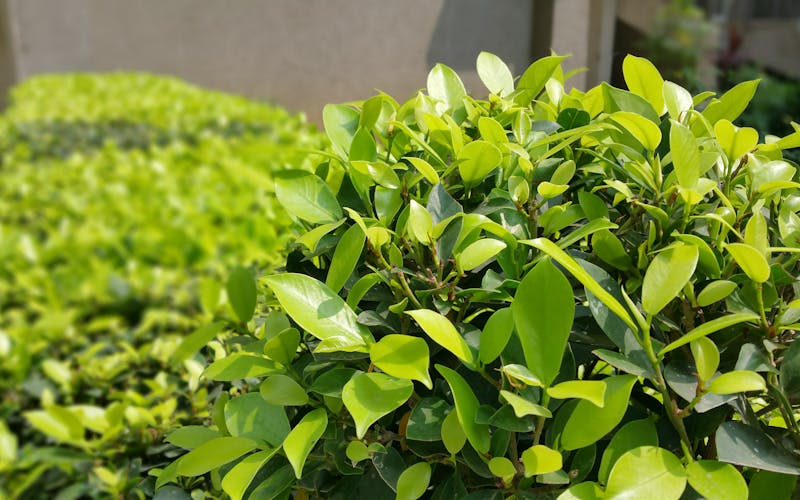
Spend Smart:
Trees, bushes, and plants all grow at different rates. One way to save money on landscaping is to know the growth rate. Most nurseries will have the growth rate listed on the tags for you. If you are purchasing a plant that grows quickly, you will get the most bang for your buck if you buy a small size. This lower purchase, with the future growth mindset, will allow more money to spend on larger sizes of the plants that are slow-growing.
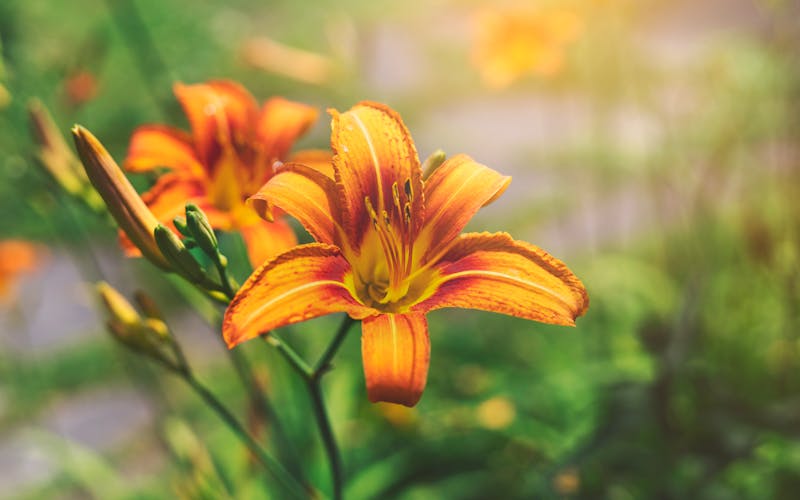
Purchase Perennials:
Don’t purchase plants or flowers that you will need to replace each year. When you are buying annuals, it’s like throwing money out the window. Purchasing perennials is going to save you money since they come back each year. Not to mention, they are less work.
Buy in Bulk:
If you need a lot of dirt, mulch, or rocks, your best bet is to buy in bulk. You can purchase these items in bags at the home improvement stores, but you can save as much as 50% by contacting a garden supply company and having it delivered. If you have a truck, you can save even more by picking it up and not having to pay a delivery fee.
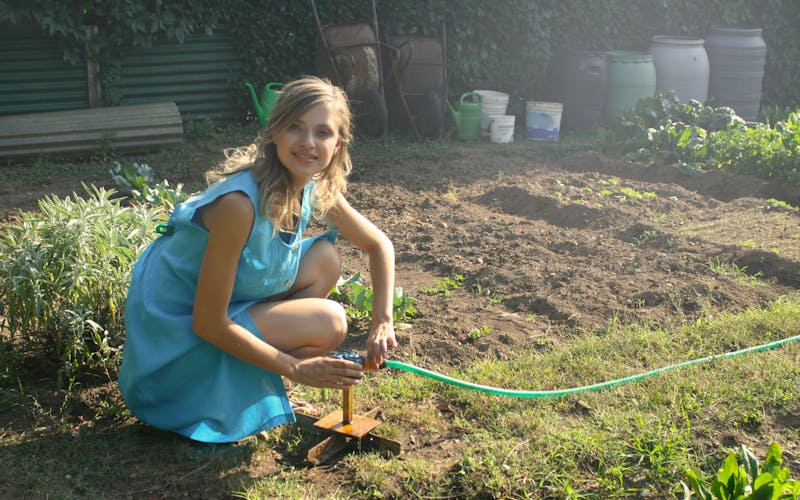
Do it yourself:
When we first built our home, we got quotes for landscaping services, and let me tell you: the prices were not cheap! One small area of our yard was going to cost us over $4,000 with labor and the cost of materials. We decided to tackle this project on our own and spent a total of $500! Talking this small project on our own saved us $3.500!
Landscaping makes your home more beautiful, but it is a BIG expense. You will find that by using these tips to save money on landscaping, it will end up saving you hundreds or thousands of dollars in the long run.
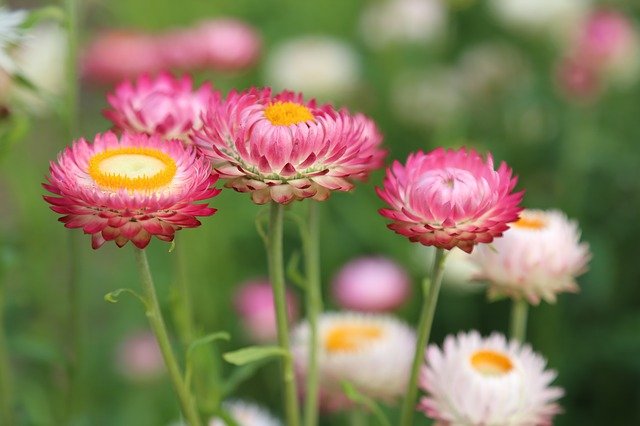
10 more frugal landscaping ideas
Utilize Native Plants: Incorporating plants indigenous to your area can not only cut costs but also minimize maintenance since these plants are adapted to your local climate.
Perennial Ground Covers: Opt for ground covers like sedum or creeping thyme that come back every year and spread to cover large areas, reducing the need for mulch.
DIY Compost: Create your own compost pile with kitchen scraps and yard waste to enrich your soil naturally without buying commercial fertilizers.
Direct Sowing: Invest in seeds rather than nursery plantings. Many plants, like annual wildflowers and herbs, can be directly sown into the soil.
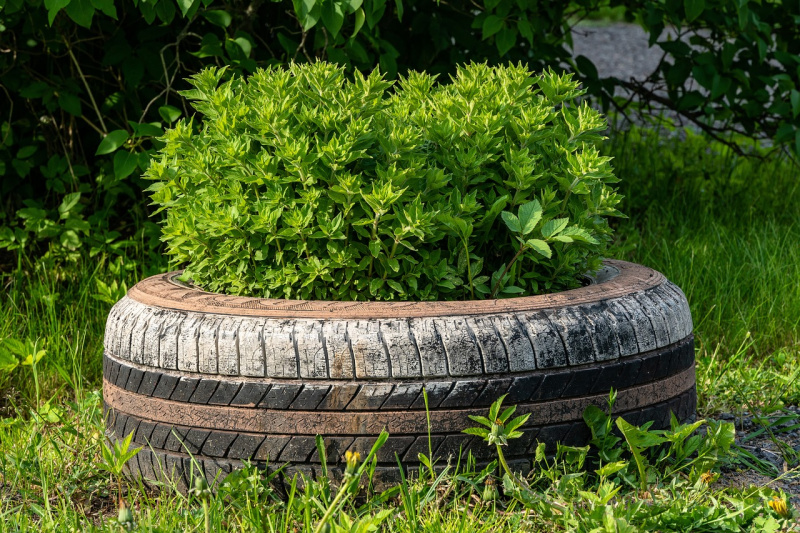
Repurposed Material: Use repurposed materials such as pallets for planters or old bricks and stone for edging and pathways to add a touch of personality to your garden without the hefty price tag.
Grass Cycling: Leave grass clippings on the lawn after mowing. They decompose and return nutrients to the soil, reducing the need for additional fertilizer.
Mulching with Leaves: Collect fallen leaves and use them as free mulch to protect plants in winter and suppress weeds in the growing season.
Division of Perennials: Divide mature perennial plants every few years to fill out garden spaces without having to buy more.
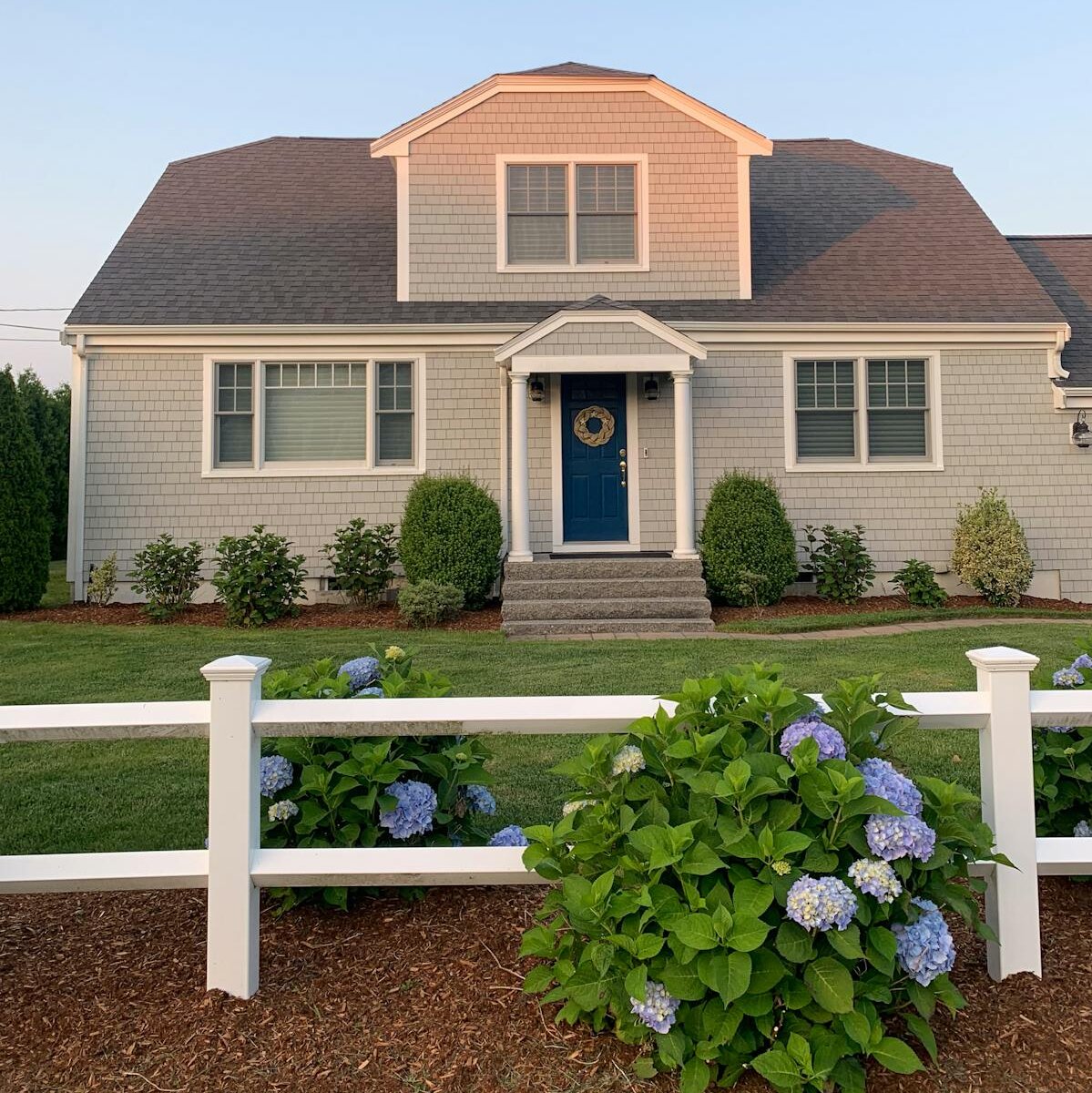
Rainwater Harvesting: Set up a rainwater collection system with barrels to capture rainwater, saving on irrigation costs.
Community Plant Swaps: Participate in local plant swaps to obtain new plants for free and engage with fellow gardening enthusiasts.
Other posts you may enjoy:
